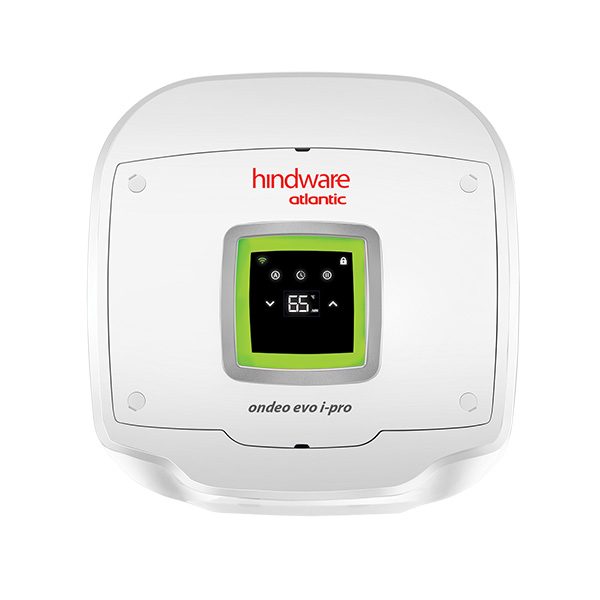Smart Home Hubs vs. Standalone Appliances: What’s Best for You?
Your journey through the connected living universe will soon bring you across two primary ways to create a smart home: depending on individual smart equipment or employing a central smart home hub.
Though each has its own merits and compromises, both choices provide efficiency, convenience, and a flavor of the future. Knowing these distinctions will enable you to choose which route most suits your way of living, particularly as IoT home appliances grow more prevalent in daily life.
Understanding Smart Home Hubs
Imagine a conductor directing an orchestra when you consider a smart home hub. A hub connects and controls several smart gadgets spread over your home, hence serving as the central coordinator. You had to purchase a different device, configure it, and pray it would operate with all your devices at the beginning. Many hubs are now integrated directly into items you already possess, such as your TV or refrigerator, enabling you to begin your smart home path without additional hardware or complex installs.
If you want all your IoT home gadgets to interact effortlessly, a smart home hub is absolutely necessary. Different devices frequently speak different languages Wi-Fi, Zigbee, Z-Wave, Bluetooth, or the developing Matter standard. Through one app or voice command, the hub closes these gaps and lets you manage everything from your smart water heater to your lighting. This integrated system allows you to operate your house from afar, automate activities, and even include voice assistants for hands-free operation.
Comparing the Two Approaches
When considering your alternatives, it is useful to evaluate smart home hubs and standalone equipment across various important domains:
| Feature | Smart Home Hub System | Standalone Smart Appliances in IoT |
| Control | Centralized (one app/interface) | Individual apps for each appliance |
| Automation | Advanced routines across devices | Limited to single-device automation |
| Compatibility | Bridges multiple brands and protocols | Works only with its own app/brand |
| Setup | Can be complex but offers unified control | Simple setup, but less integration |
| Scalability | Easy to add new devices to the ecosystem | Each new device is managed separately |
| Cost | May require upfront investment in a hub | No hub needed, but may cost more over time |
The Benefits of a Connected Home
Iot home devices provide major benefits regardless of the method you select. From changing your smart water heater’s temperature remotely to getting notifications if your refrigerator door is left open, you acquire unmatched control and surveillance over your home. These gadgets let you maximize energy use, cut utility costs, and even minimize your environmental impact by means of data collecting and analysis.
You will also have improved security and peace of mind. Whether it’s a smoke alarm or a water leak, smart appliances can alert your phone if something goes wrong. Remote access lets you monitor your house from any location, so guaranteeing everything is safe and operating well.
Spotlight: The Smart Water Heater
A smart water heater is a perfect illustration of how both strategies may benefit you. A smart water heater linked to a hub lets you include it into more general routines such as making sure hot water is available when you get up or shutting it off automatically when you leave the house. Choosing a standalone smart water heater will still allow you to enjoy remote temperature control, knowledge of your usage habits, and energy-saving modes-all run from your smartphone.
The smart water heater’s capacity to change itself depending on your daily routines not only increases convenience but also enables you to save energy and money. Whether you control it via a hub or its own app, this device highlights the pragmatic advantages of smart technology in daily life.
Which Is Best for You?
A smart home hub is probably the superior option if you need a really integrated experience where all your iot home equipment interact, automations are smooth, and control is centralized. If you intend to grow your smart home over time by adding gadgets and developing sophisticated routines that simplify and optimize your life, this strategy is perfect.
Standalone devices are a wonderful way to enjoy the advantages of smart technology without additional complexity, though, whether you like simplicity, have only a few smart appliances in iot, or wish to skip the first setup and cost of a hub. If your needs change, you may always begin with a few isolated devices and eventually include a hub.
The Future of Smart Living
In the end, your lifestyle, your house, and your desire for control and automation will determine the best option. Whether you choose a central hub or a group of smart appliances in iot, you are moving toward a more connected, efficient, and convenient house. Adding equipment like a smart water heater or a smart oven will help you find fresh ways that technology can improve your comfort and streamline your everyday tasks.

